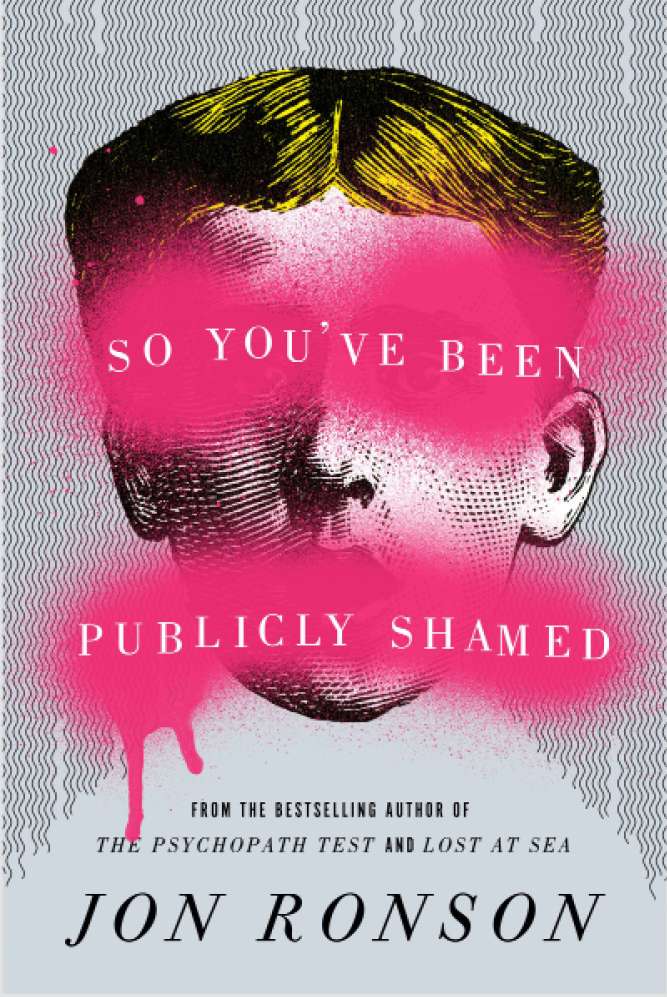For better or for worse, social media is here to stay. As physicians, we are (mostly) coming to recognize the potential value that social networking tools can bring to our practices. However, working in a field that emphasizes privacy and professionalism, we also recognize the dangers—some hidden and some blatant—that exist with sharing pieces of ourselves and our work in such a public way.
Media are particularly quick to pick up malfeasance and misjudgment in the medical world. Some precedents related to physician social media use have been set. In recent years, there have been numerous examples of what not to do, courtesy of users like the four nursing students who posed with a human placenta1 and the medical student who seized (and shared) a photo op with a cadaver.2 Obviously, these tools can be used in ways that are absolutely inappropriate and understandably result in serious penalties for those involved.
The American Medical Association (AMA) has published guidelines to outline how physicians can best maintain a safe and appropriate online presence, given our profession and our obligation.3 Some of the advice from the AMA includes remaining cognizant of standards of patient confidentiality, maintaining appropriate boundaries of the patient-physician relationship, and considering separating personal and professional content. In addition, the AMA notes that physicians should, to the extent possible, ensure that content posted about them by others is accurate and appropriate. If only it were that simple.
RISK:BENEFIT
Clearly, there are advantages to using social media. As noted by the AMA:
Participating in social networking and other similar Internet opportunities can support physicians’ personal expression, enable individual physicians to have a professional presence online, foster collegiality and camaraderie within the profession, provide opportunity to widely disseminate public health messages and other health communication.3
In today’s digital age, social platforms are often some of the most effective means of reaching current and prospective patients. A majority of patients with chronic conditions seek out social media to acquire health information and find physicians. Additional benefits include the ability to grow your brand recognition, enhance contextual factors influencing public health, expand your professional networks, broaden consumer advocacy, and boost your practice’s search engine optimization.
Of course, it sometimes feels like a great deal of effort is required to keep up with the times and ensure that you are reaching the right audience with the appropriate messaging. For this reason, some physicians have sworn off social media entirely. However, a 2013 Boston consulting group study revealed that small businesses with free Yelp business accounts see an average of $8,000 in annual revenue from the site. The medical field ranks as one of the top beneficiaries of these services. Clearly, there is value, even if you do little to optimize your efforts.
However, despite these benefits, social media is also a tool that can turn around and bite you. These platforms have caused our relationships with patients to shift, presenting new opportunities, challenges, and, unfortunately, risks. It has been well said that, “Disappointment is the result of badly managed expectations”3 and, further, that, “For fear to be plausible, there must be a violation of your prediction systems.”4 So, it is safe to assume that someone’s expectation has to be violated in order for an individual to be somewhat dissatisfied with a service that has been rendered.
Case in point. An individual came to my office, presenting with post-LASIK ectasia. I met with the patient for 15 minutes; laid out the potential options before him; and listed the alternatives, risk, and benefits.
Following his appointment, the patient decided to take to the Internet to write a review of his experience. Let’s just say it was less than glowing. For starters, the patient remarked, “This is an extremely predatory and uncaring doctor. He will nickel and dime you, and his staff is extremely uncaring and rude.” In my practice, I choose not to discuss finances with patients. The patient turned around and wrote, “The doctor is too good to talk about money.” All of your actions can be misinterpreted … and disseminated.
I called the patient, actually thinking I could manage the situation myself. I said, “Look, I’m sorry. You know we want to be able to help you out, but there are certain things that I cannot control, finances being one of them.” He then proceeded to add that to his post, stating that I called him and used it as an opportunity to talk more about myself.
Now, this can be managed in a number of ways, some more creative than others. My wonderful team laid out a means of working with the patient financially, understanding that he came in very concerned. (He went in for LASIK and was disappointed with the outcome; it can happen.) So, in turn, we proceeded to sit down and talk with him and came up with a solution.
The patient then took to his blog once more—only this time, there was a happy ending. He made a complete reversal on his opinion of me, my staff, and our practice.

When this happened, I started looking around for a way to better understand blogging and came across a great book entitled, So You’ve Been Publicly Shamed. Basically, in the end, the conclusion is that there is no rhyme or reason to who is going to be crucified on the Internet, so be careful what you post and be aware of what is posted about you.
PROTECT YOURSELF
Social media is not going anywhere. You must recognize its utility but also understand that there are some serious repercussions if you are not careful. Several means of protection include approaching patients while they are in the office to complete online reviews; flooding your site with positive reviews; critically assessing all reviews, particularly the negative ones; recognizing that the reviews are considered more credible than patient testimonials; and planning for damage control (ie, reputation.com).
An ounce of prevention is worth a pound of cure.
1. Nursing students kicked out for placenta photos. CBS. January 3, 2011. https://www.cbsnews.com/news/nursing-students-kicked-out-for-placenta-photos/. Accessed August 9, 2016.
2. Lam C. Stony Brook medical student’s photo with cadaver is off Facebook. Newsday. January 29, 2010. https://www.newsday.com/long-island/suffolk/stony-brook-medical-student-s-photo-with-cadaver-is-off-facebook-1.1732572. Accessed August 9, 2016.
3. Mahdavi S. Branding: the promise of an experience. MillennialEYE. September/October 2015. https://millennialeye.com/articles/2015-jul-aug/brandingthe-promise-of-an-experience/. Accessed August 9, 2016.
4. Kerr M. She knows why you scream. Psychology Today. 2015.



